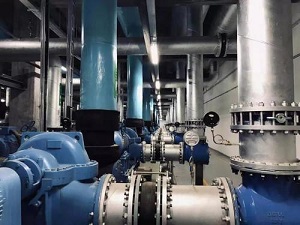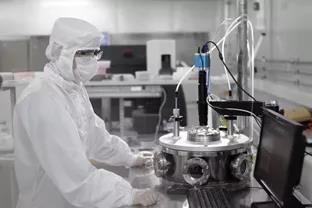What Cause The Valve Sealing Surface Damage?

The sealing surface of the regulating valve is one of the most important working surfaces of the valve. Whether the material selection is reasonable and its quality directly affects the function and service life of the sanitary regulating valve.
As the use of regulating valve is very wide, the working condition of the sealing surface varies greatly. The working pressure can range from vacuum to super-high pressure. The working temperature can be from minus 296 degrees Celsius to 816 degrees Celsius. On some occasions, the working temperature can be up to 1200 degrees Celsius.
The working medium ranges from non-corrosive medium to various acid, alkali, and other strong corrosive media. Judging from the force endured by the sealing surface, it is subject to squeezing force and shearing force. From the tribological point of view, there are abrasive wear, corrosion wear, surface fatigue wear, erosion, and so on. Therefore, according to different working conditions, we should select the appropriate sealing surface material.
1. Abrasive wear
This kind of wear happens when a rough hard surface slides on the soft surface. When hard materials push into the softer material surface, there’ll be a small groove on the contact surface. The materials falling off this groove are pushed away from the surface of the object in the form of debris or loose particles.
2. Corrosion wear
When the metal surface is corroded, there will be a layer of oxide. This layer of oxide is usually covered in the part where corrosion occurs so that further corrosion of the metal can be slowed down. However, if there’s a slide, it will remove the oxide from the surface, making the exposed metal surface further corroded.
3. Surface fatigue wear
Repeated cycled loading and unloading will cause fatigue cracks on the surface or lower part of the surface, forming debris and pits on the surface, which eventually leads to damage to the surface.
4. Erosion
It is caused by sharp particles impacting the surface of the object. It is similar to abrasive wear, with the surface rougher.
5. Scratch
This happens during the process of relative movements between sealing surfaces, in which the damage is caused by the friction of the materials.
Conclusion
Only with good working conditions, maintaining a harmonious temperature and pressure ratio, and reasonable corrosion data can our valves have a longer service life and maintenance-free period.





